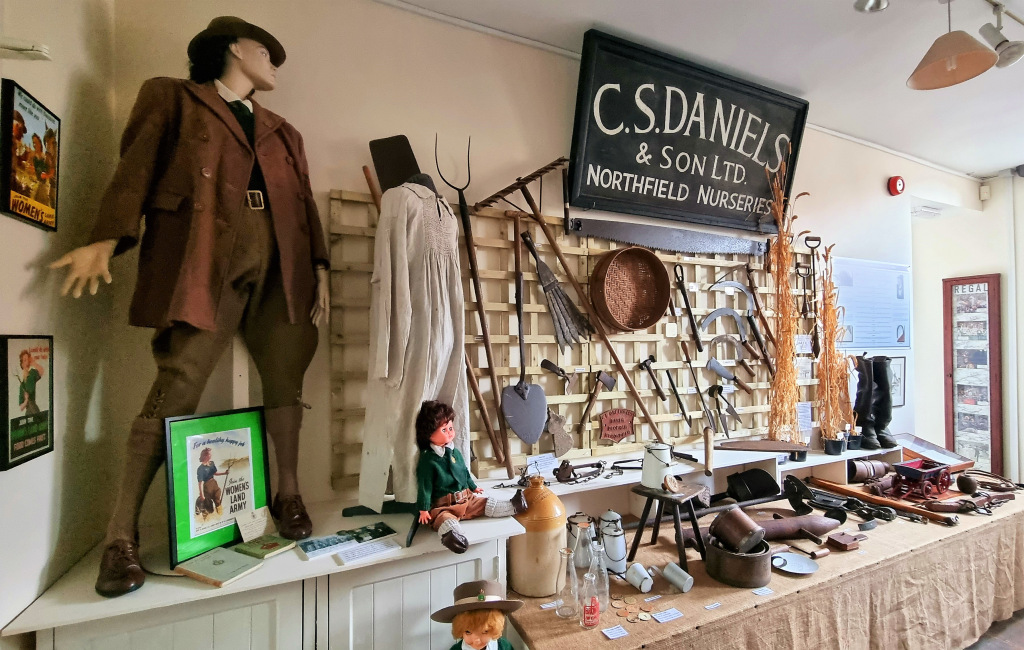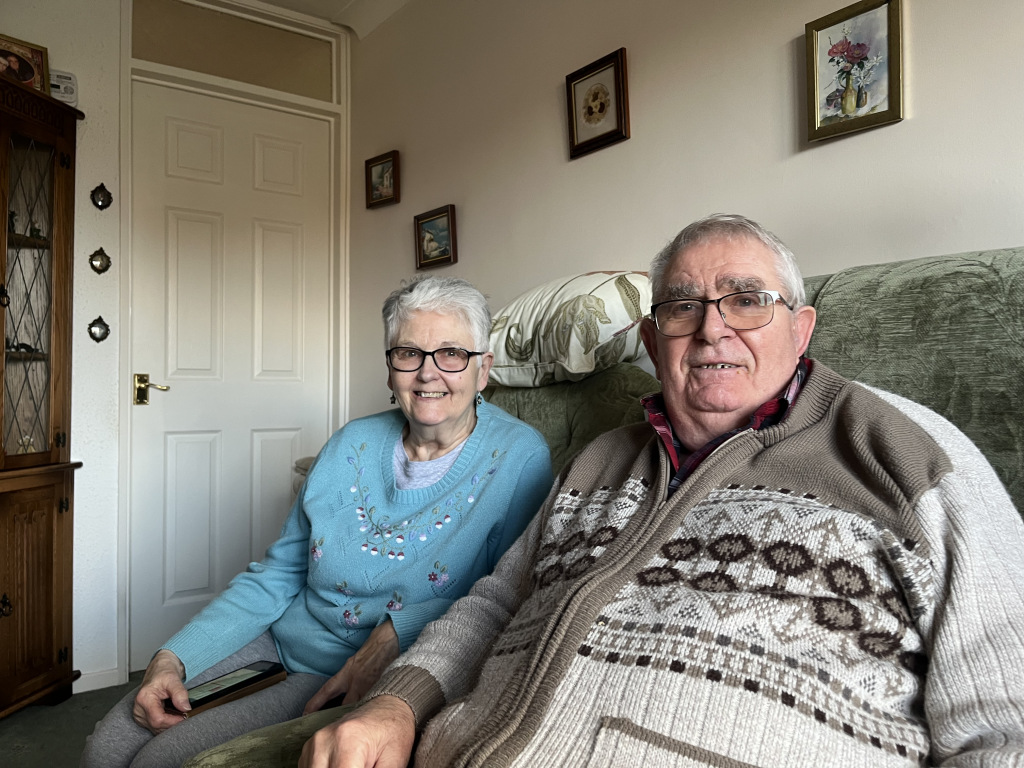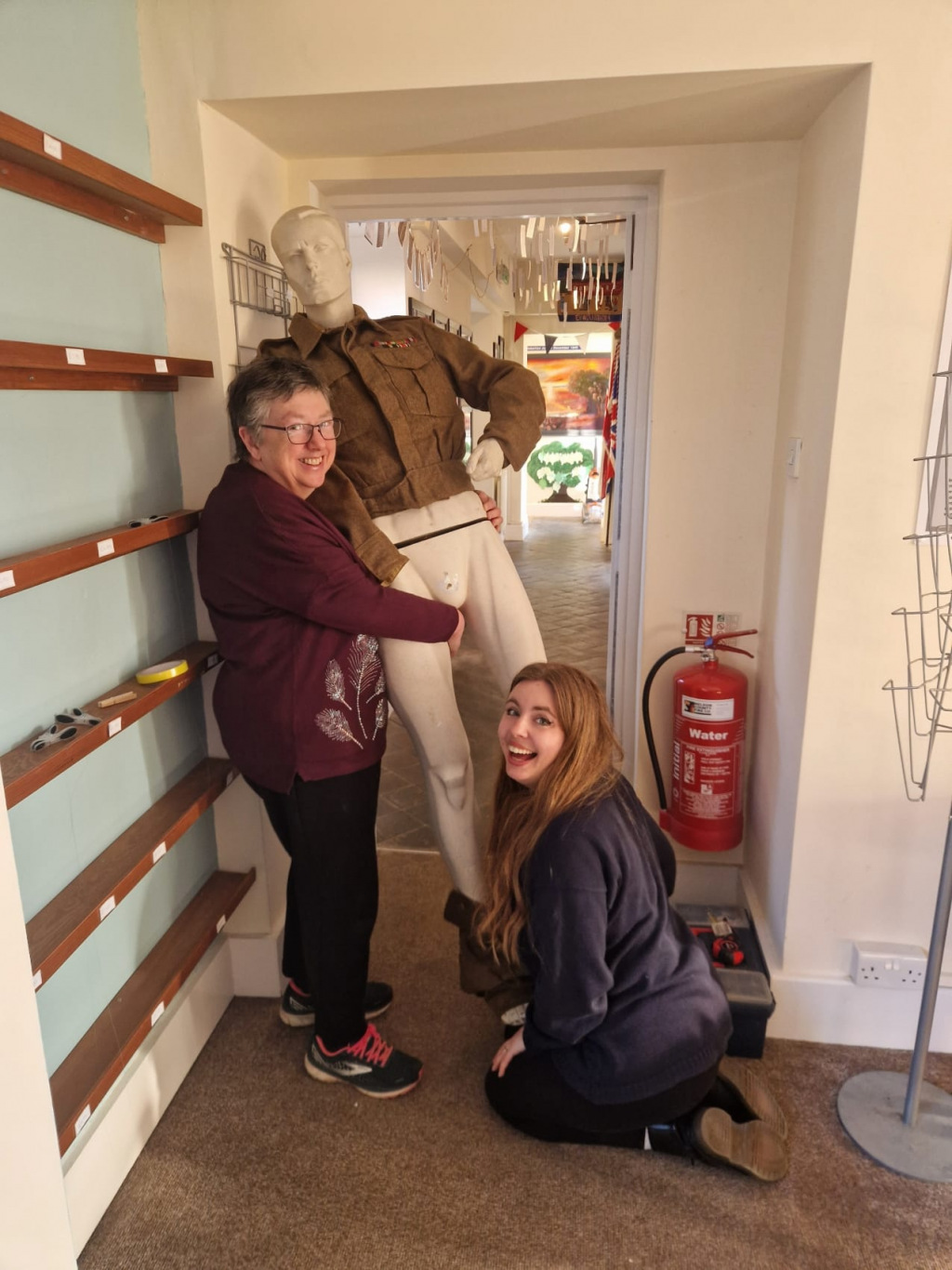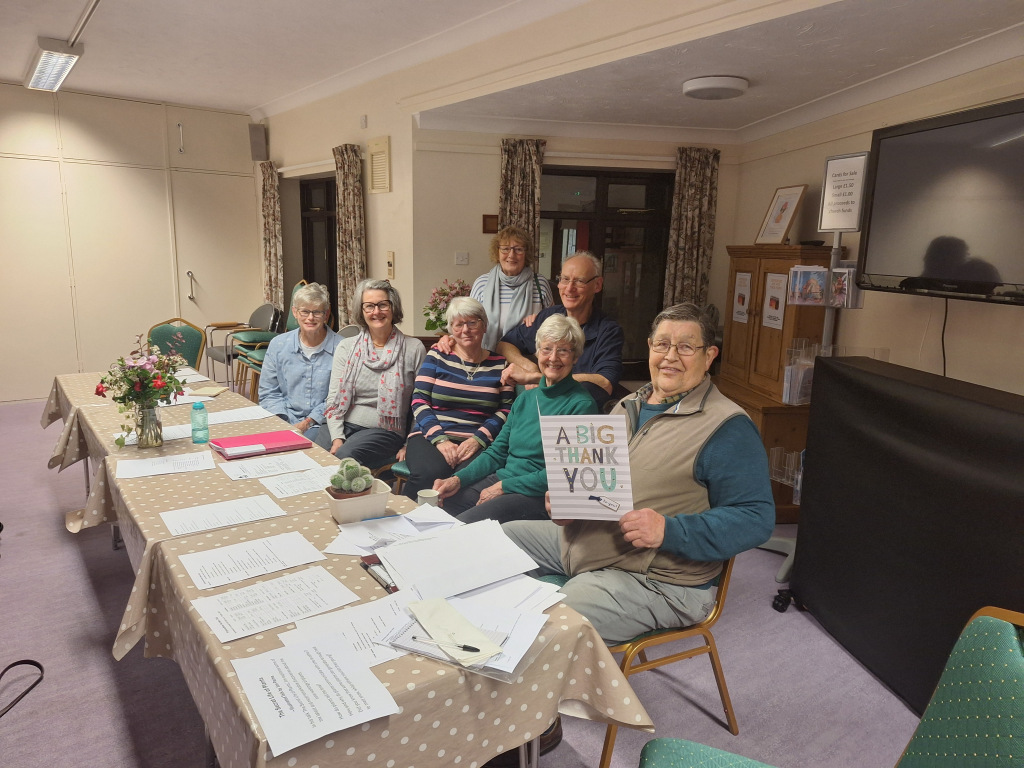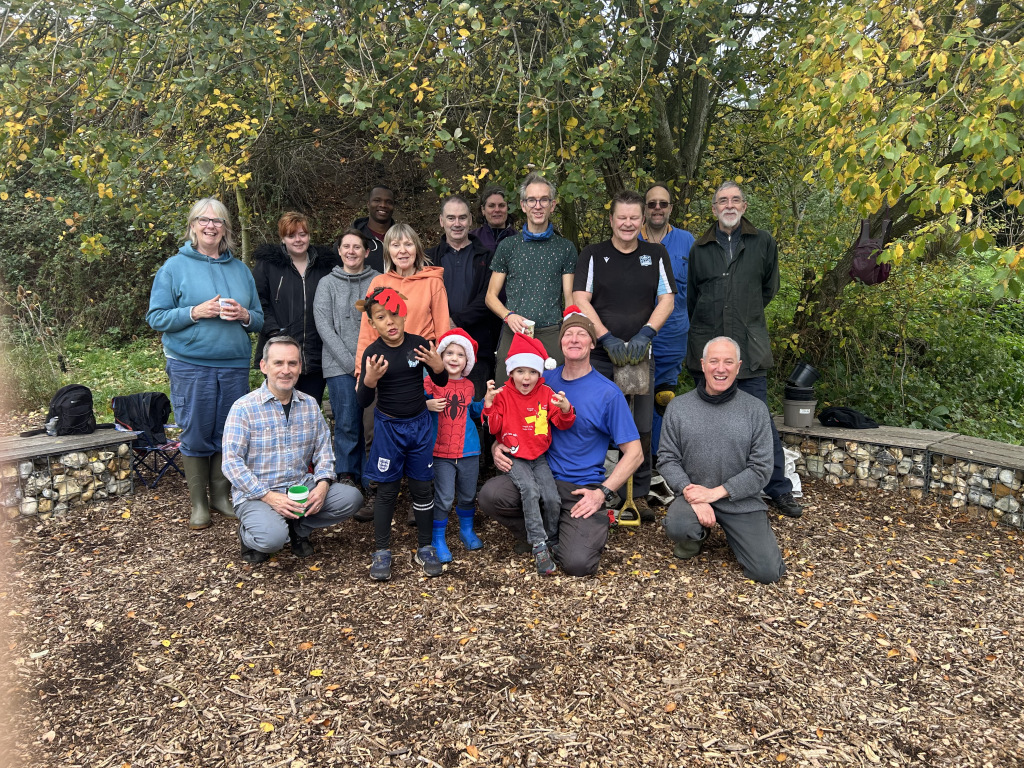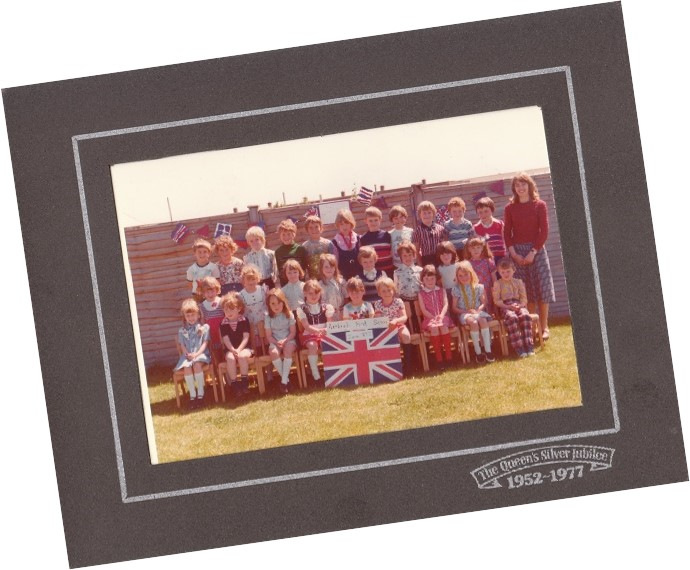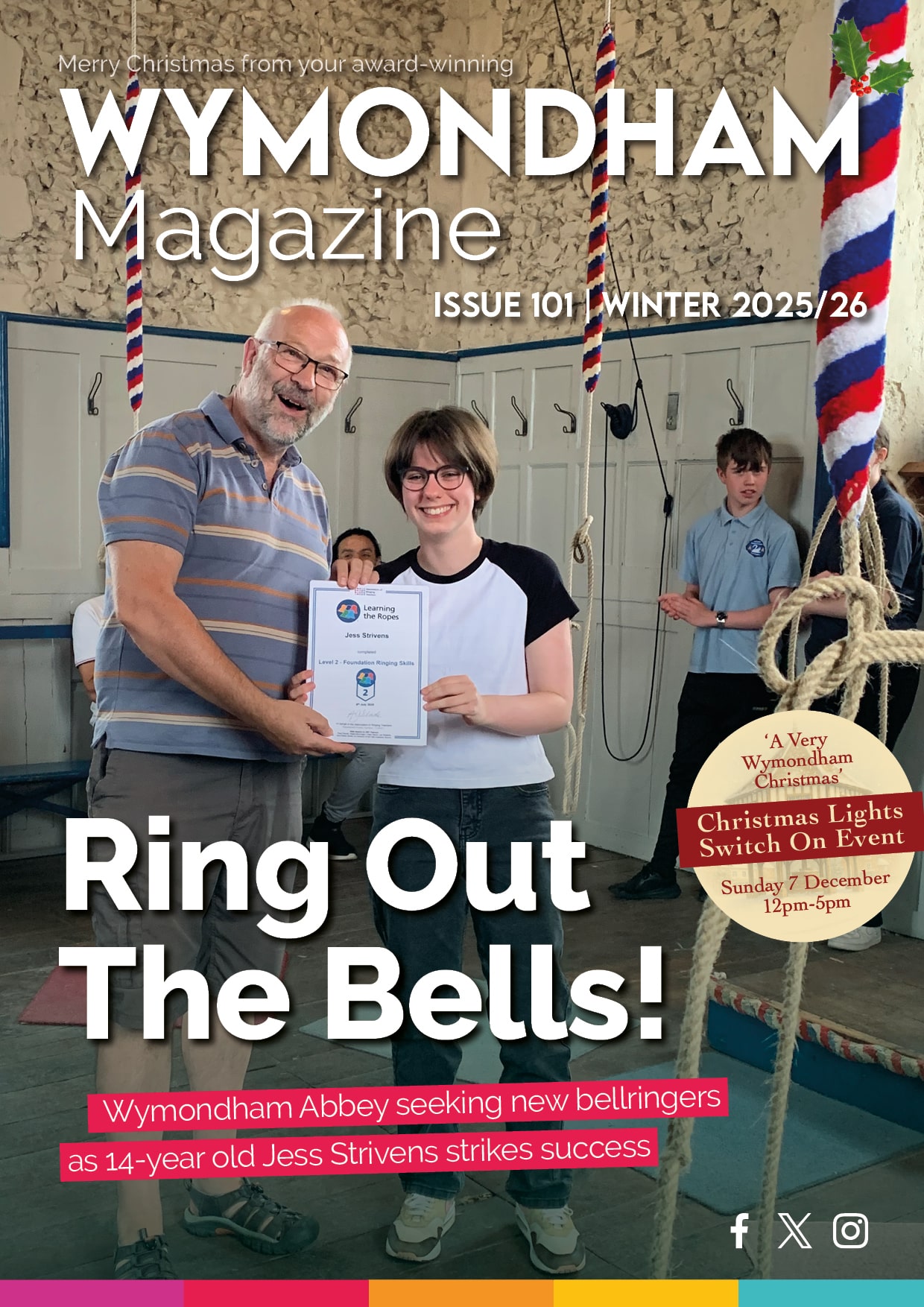The First World War had reduced food stocks in the country to just two weeks supply. So, in 1917 the Women’s Land Army (WLA) was formed. Girls aged 16 to 40 volunteered to work on the land. Many farmers doubted the scheme as they thought the women working from dawn to dusk would be unable to cope with the heavy manual work. Some were milkers and field workers. Others were carters, ploughwomen - working with horses - and market gardeners. They were demobbed in 1919 but reformed for the start of the Second World War in June 1939.
Known as Land Girls, by 1944 there were 80,000 working in agriculture – and they weren’t just from the countryside. They came from all walks of life, girls from towns and cities volunteered and many of the women formed bonds that became lifelong friendships. Although they were civilians and did not receive any of the benefits of the armed forces, they had to undergo proficiency tests and earned long service awards.
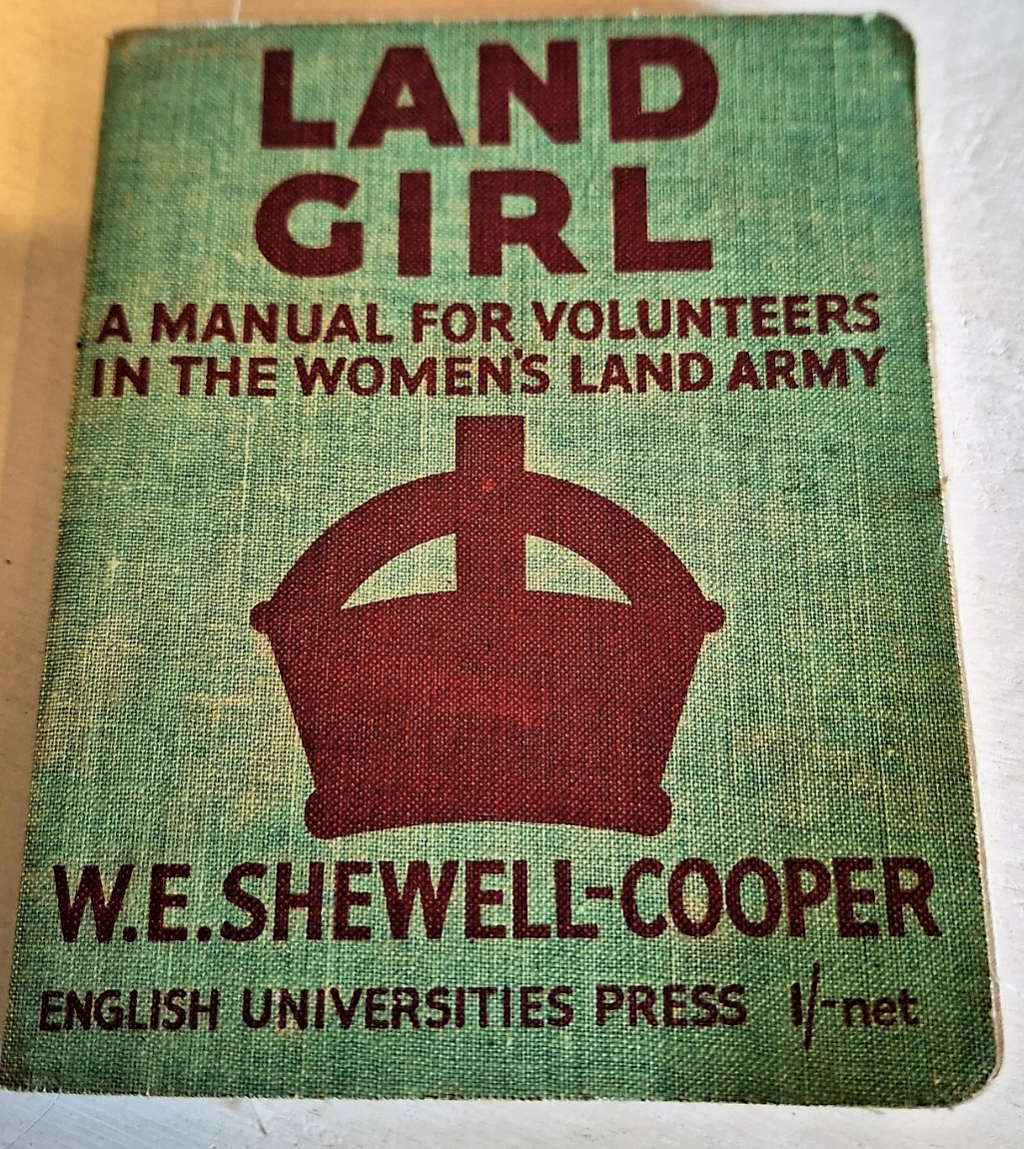
The role they played in two world wars is celebrated in the agricultural display staged at Wymondham Heritage Museum. Overlooking the exhibition is a mannequin dressed in the uniform of the WLA. It is an example of a Land Girl’s “walking out” outfit and would have been worn on formal occasions such as church services and parades.
The hat belonged to Mary Kett nee Flatt from Swaffham who worked at Glebe Farm. It is in the shape in which the hats were issued but the design was considered to be out of date and many of the girls adapted them to the more familiar “pork pie” style.
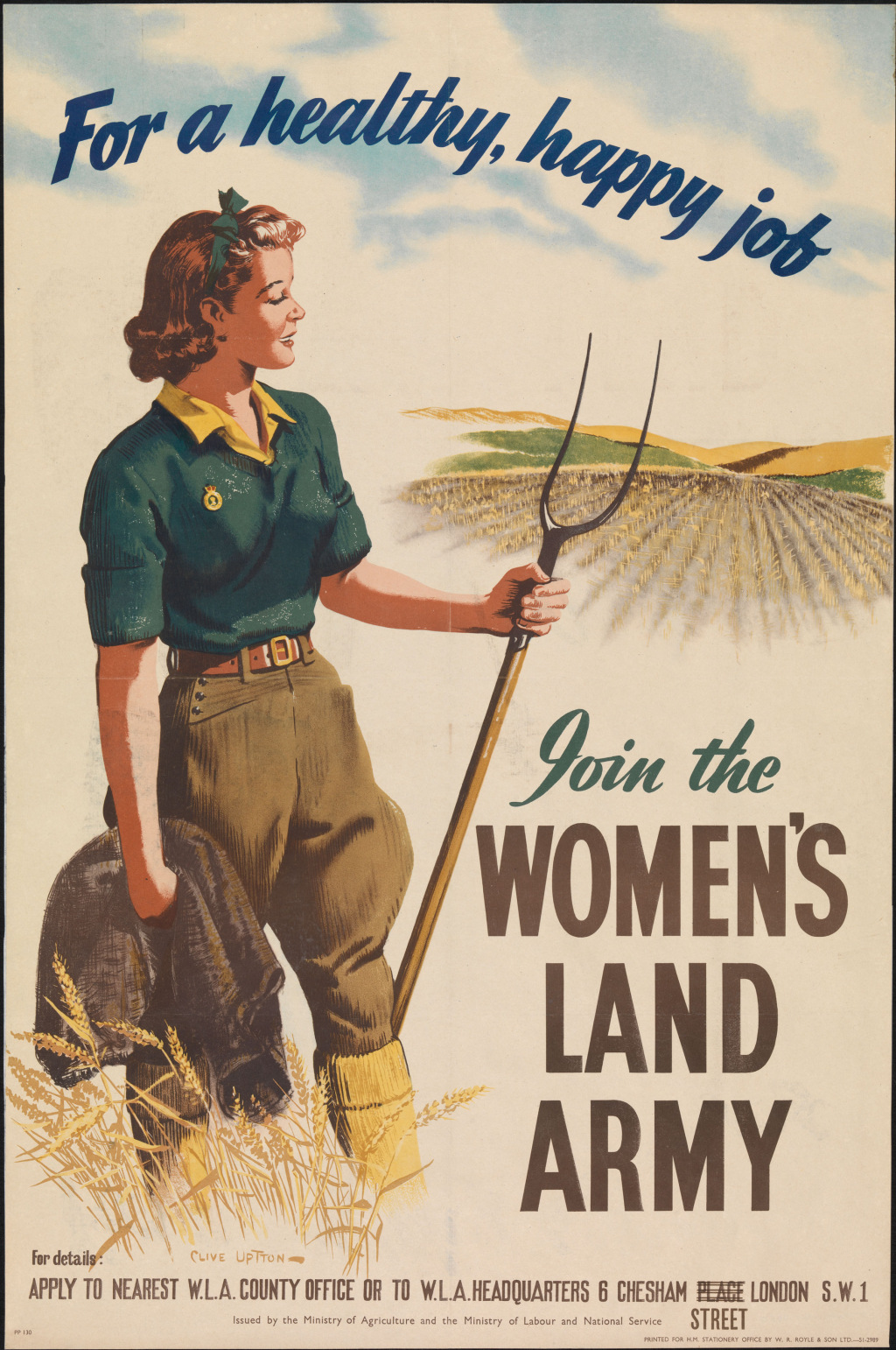
The rest of the uniform on display belonged to another Mary, Mary Briggs who was based at Mr Polls farm at Hethersett.
In addition to the Walking Out uniform, girls were provided with more practical wear for their work on the land, corduroy breeches, dungarees, overall coats, ankle boots and gumboots. But in winter, weather conditions were harsh so they knitted extra jumpers and adapted other clothes. In the warmer summer months, they would wear lightweight blouses.
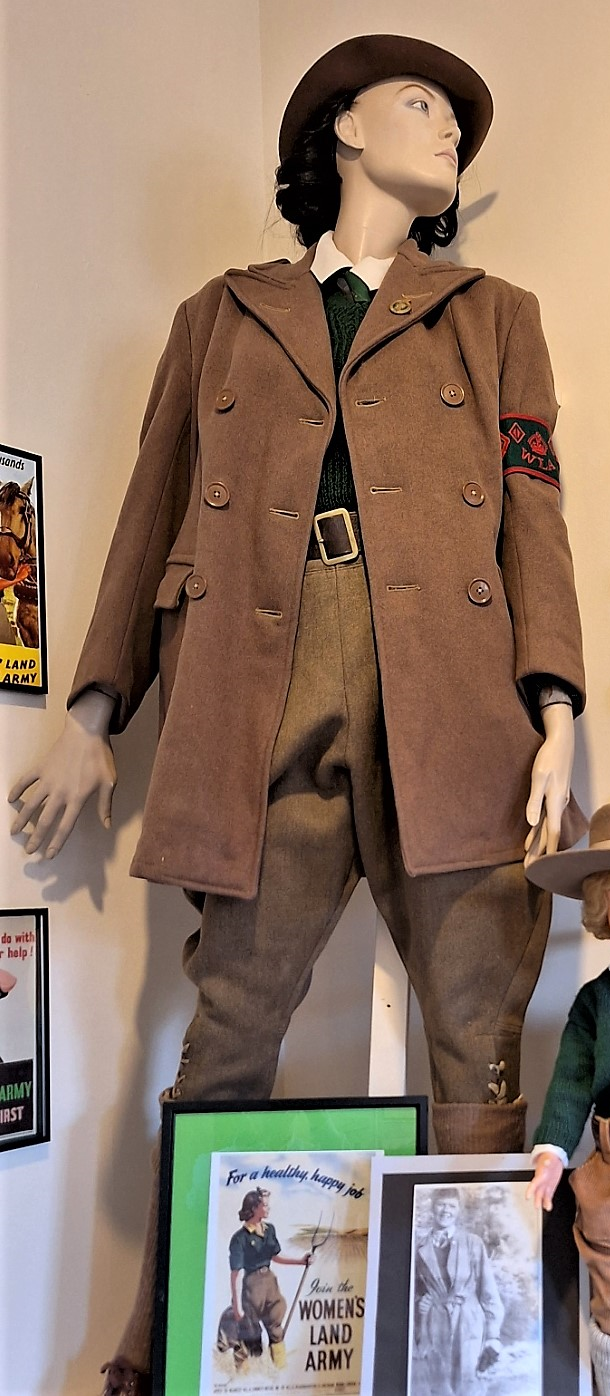
Lady Denham, director of the Women’s Land Army summed up the importance of Land Girls during the Second World war: “The land army fights in the fields. It is in the fields of Britain that the most critical battle of this present war may well be fought and won.”
By the time the WLA was finally disbanded in November 1950 over 200,000 Land Girls had worked on the land.
As well as featuring the Women’s Land Army, the museum’s agricultural exhibition has on display a wide range of tools and artefacts that illustrate working life on the farms of yesteryear. The museum and its tearoom are open seven days a week. More information at thewhm.org.uk.




